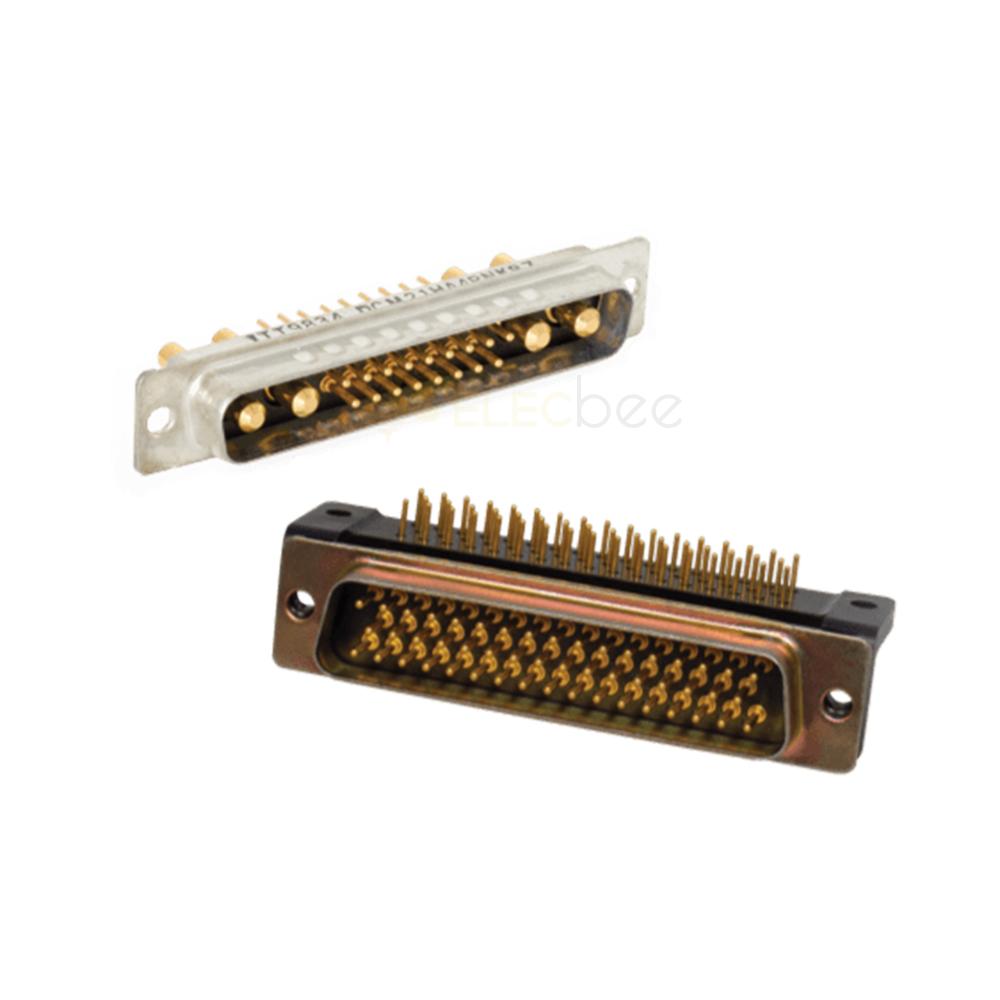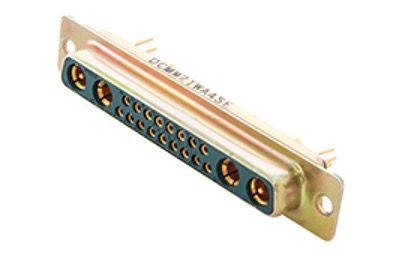現代の高度に進歩したテクノロジーの世界では、デバイス間のシームレスな接続がますます重要になっています。 D-Sub アダプターは、一般的な接続ソリューションとして、幅広い用途に使用できます。
この記事では、D-Sub アダプターの機能、利点、特性を紹介し、産業オートメーション、通信、ネットワーク機器、およびコンピューター ハードウェアにおけるその用途を探ります。 さらに、利用ガイドラインや今後の開発動向の展望も提供します。
D-subアダプターとD-subコネクタの違いは何ですか?
D-subコネクタ: ピンの挿入と固定により信号伝達を容易にするコネクタです。 「D」字型のインターフェイス設計が特徴で、さまざまな仕様とサイズがあり、通常は 15 ~ 78 ピンの範囲にあります。 D-sub コネクタは、信頼性の高い接点と保護ケースを通じて安定した信号伝送を保証します。
D-subアダプター: これらのデバイスは、2 種類の D-sub コネクタを接続するために使用されます。 これらには通常、DB9 インターフェイスと DB25 インターフェイスなどの 2 つの異なるタイプの D-sub インターフェイスが含まれており、これら 2 つの異なるタイプの D-sub インターフェイス間の信号伝送の変換と接続が可能になります。
したがって、D-subコネクタとD-subアダプタはどちらも信号伝送接続に使用されるデバイスですが、その役割と機能は若干異なります。 D-sub コネクタはデバイスへの接続に使用される標準コネクタですが、D-sub アダプタは 2 つの異なるタイプの D-sub コネクタ間の接続を変換するために使用されます。

D-subアダプターの利点の分析
他のコネクタと比較して、D-Sub アダプターにはいくつかの利点があります。
- 幅広い互換性: D-Sub コネクタのさまざまなタイプや仕様に適応できる機能により、D-Sub アダプタはさまざまなデバイスやシステムに使用できるユニバーサル ソリューションになります。
- 信頼性と安定性: 慎重に検討された設計により、高温、高湿度、強力な電磁干渉などの過酷な環境条件での動作が可能となり、D-Sub アダプターは産業用オートメーションおよび計装機器にとって理想的な選択肢となります。
- 優れた信号伝送性能: 金属ケースと頑丈な接続ピンの使用により、信号干渉やノイズを効果的に防止し、高品質で安定した信号伝送と優れたデバイスパフォーマンスを保証します。
さまざまな分野におけるD-subアダプターの主な用途
産業オートメーションでは、センサー、アクチュエーター、コントローラーを接続して、デバイス間のデータ交換と通信を容易にするために一般的に使用されます。 その信頼性と安定性は、工場オートメーションおよびロボット技術に不可欠な部分となっています。
通信およびネットワーク機器では、モデム、ルーター、スイッチの接続によく使用されます。 D-Subアダプターを使用すると、さまざまな種類のデバイスを簡単に相互接続でき、高速で安定したデータ転送が可能になります。
コンピューター ハードウェアおよび組み込みシステムでは、D-sub アダプターを使用してモニター、キーボード、マウス、その他の周辺機器を接続し、デバイス間のスムーズな通信とデータ交換を確保するためのシンプルで信頼性の高い接続ソリューションを提供します。

使用ガイドライン
適切な D-Sub アダプターを選択するときは、いくつかの要素を考慮する必要があります。
- コネクタのタイプと仕様: デバイスに必要な D-Sub コネクタのタイプ (15 ピン、25 ピン、または 37 ピンなど) に基づいて、対応するアダプタを選択します。
- コネクタの性能要件: 信頼性と安定性を確保するために、デバイスの動作環境と性能要件に基づいて、適切な材料と特別な保護措置を備えた D-Sub アダプタを選択します。
- D-Sub アダプターを接続および取り付けるときは、コネクタが正しくしっかりと挿入されていることを確認してください。
- 良好な信号伝送と長期的な信頼性を確保するために、コネクタを定期的に検査して清掃してください。
技術開発と今後の動向
テクノロジーの進歩に伴い、D-Sub アダプターも進化しています。 新しい材料の適用、より高度な製造技術、およびより高いデータ伝送速度の要件により、D-Sub アダプター技術の開発が推進されています。
将来的には、D-Sub アダプターは変化する需要に適応し続けることが予想されます。 モノのインターネットとインダストリー 4.0 の台頭により、より高速でより安定したデバイス接続に対する需要が高まります。 したがって、D-Sub アダプターは、これらのニーズを満たすために、より高度な素材と設計を採用する可能性があります。
結論
D-Sub アダプターは、重要な接続ソリューションとして、最新のデバイス統合において重要な役割を果たしています。 その利点と特徴により、さまざまな業界や分野で広く使用されています。 D-Sub アダプターを正しく選択して使用することで、デバイス間のシームレスな接続を実現し、デバイスのパフォーマンスと効率を向上させることができます。






